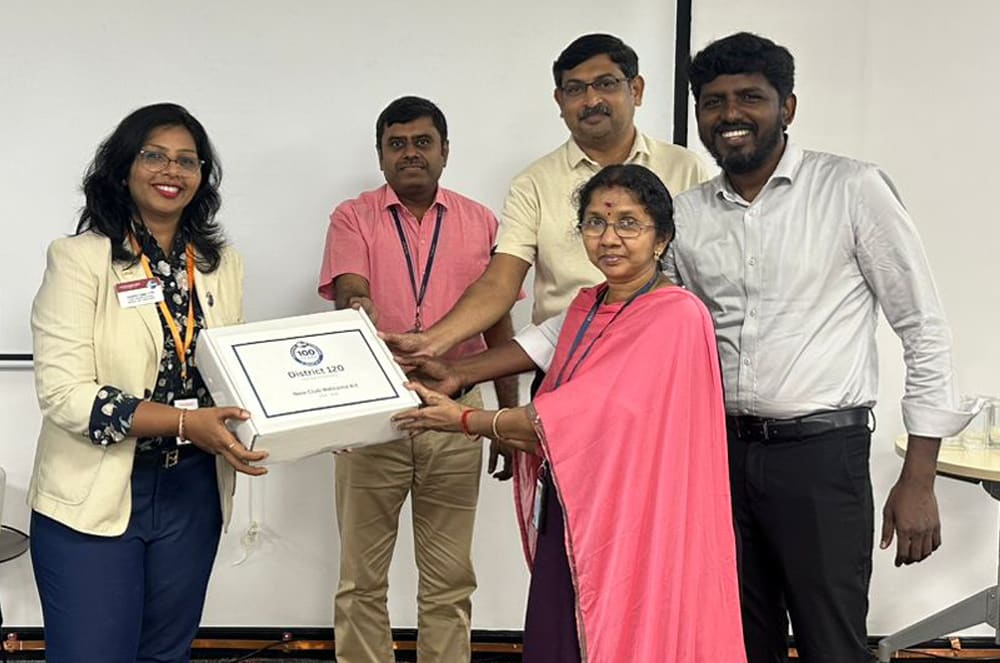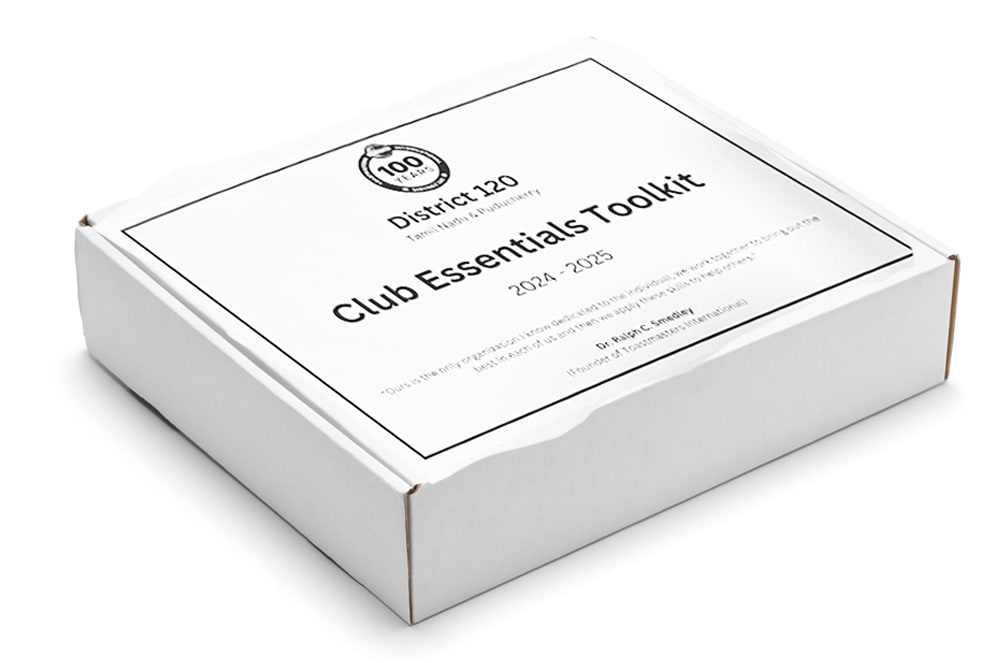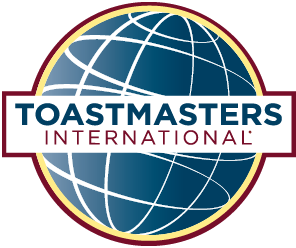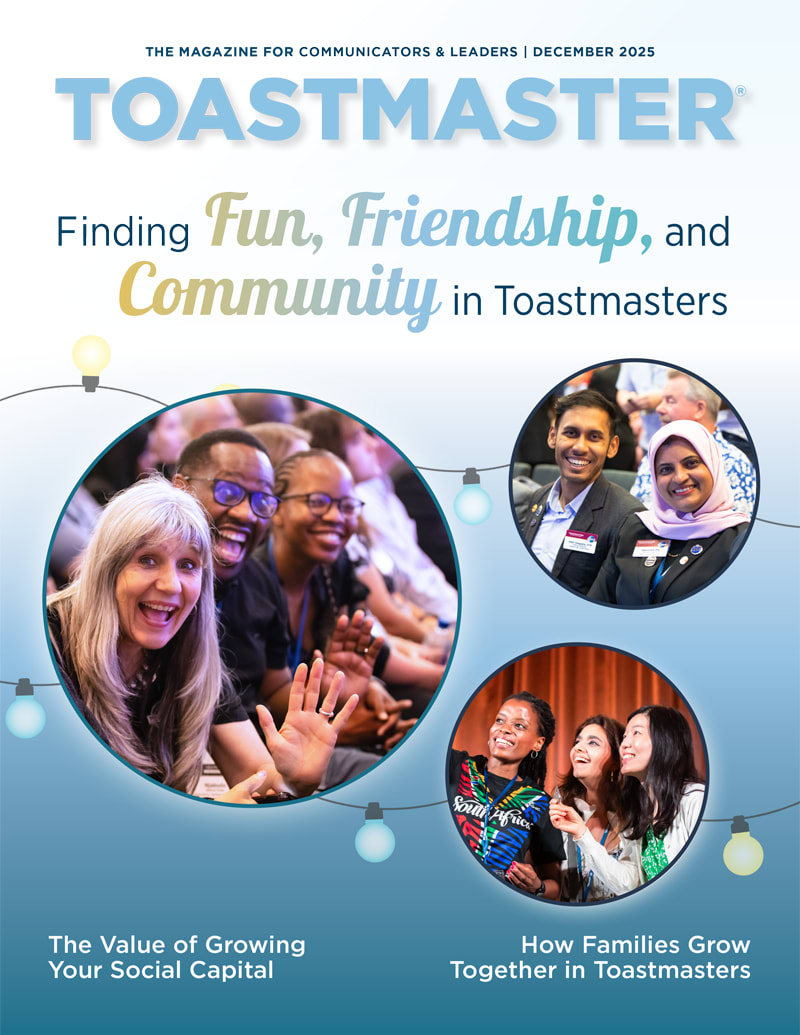
Jesly Sabu works for a consulting firm and is looking forward to leading client calls soon. Her manager also wants her to present with him at an upcoming conference. So she joined the Speakeasy Club in Oklahoma City, Oklahoma, in February 2025.
Sabu attended District 16’s new member orientation program shortly after her membership began. To help new members like Sabu, the District offers monthly onboarding sessions. This ensures people across the District receive the same level of training.
“Some clubs offer better orientations than others, so District training is a baseline,” says Ron Olsen, DTM, the District’s Public Relations Manager.
The new member orientation discusses topics such as Toastmasters beyond the club, the Pathways program, leadership opportunities, and how to make the most of the Toastmasters experience. It also provides a handbook that covers Toastmasters International’s history, protocol, roles, Pathways learning experience, and website.
Anyone can view the handbook and register for District 16’s monthly, 90-minute orientation. “I like to say, ‘Whether it’s your first time or you want to learn something new, please attend,’” says Olsen, a member of Tulsa Club in Tulsa, Oklahoma. “There’s always something changing. We want to make sure members are getting what they’re paying for and achieving their educational goals.”
In addition to participating in the District 16 program, both the Speakeasy Club and Tulsa Club teach new members how to navigate their clubs’ websites and share more about Pathways.
There’s also mentoring at the club level. “We try to get new members into the mentoring program right away—to get them going on the first speech,” says Olsen. “Usually, it’s the first three speeches that make or break a member.”
Measuring Success
District 105, which spans Jordan, Oman, Palestine, and the United Arab Emirates, also offers a monthly online training and sends a new member handbook to each newcomer. This encourages clubs to partner with the District and be creative in their own new member orientation.
“The primary goal is to ensure each new member feels like a valued part of the club right from the start—giving them tools and resources so they thrive in their public speaking journey,” says District 105 Club Growth Director Ramanujam Raghavan, DTM, from Orbit Toastmasters Club in Muscat, Oman. “They should have a clear picture of a way forward.”

Like District 16, the orientation covers Toastmasters basics and club expectations. It also offers resources and will soon include a centralized mentoring pool for members across the District.
District 105 measures success of its orientation programming in four areas:
- Retention rates: Are new members renewing, particularly at their first renewal cycle?
- Engagement levels: Are new members attending events, volunteering, and participating in committees?
- Leadership involvement: Are new members filling club roles?
- Educational path progress: Are new members moving through the Pathways program?
Benefiting New Members and Clubs
District 120 (India) also offers an orientation to new members and measures its success through member retention and club health. The District provides a welcome kit to share more Toastmasters resources and works in collaboration with its clubs, so there are orientation activities at both the club and District levels.
Clubs in District 120 focus on ensuring new members understand expectations, opportunities, and the support available. Mentors are assigned to help guide newcomers through their initial speeches and roles.
For clubs, the goal is to integrate new members into Toastmasters, motivate them to contribute during meetings, and help them grow.
“Ultimately, the program aims to empower new members to set personal goals, enhance their public speaking and leadership skills, and make the most of their membership,” says District 120 Club Growth Director Aswathy Rajan, DTM, Ph.D., from Dynamic Leaders Forum Toastmasters Club in Chennai, Tamil Nadu, India.
District leaders have found that well-oriented members become engaged members, who add to other members’ learning journeys and a club’s overall success. They also tend to remain members.
“When new members clearly understand the club structure, meeting roles, and learning opportunities, they are more likely to participate actively, keeping the club vibrant and dynamic,” says Rajan.
Complementing the club orientation, the District provides a broader picture of Toastmasters. “All About Toastmasters” sessions are offered during District 120 Club Officer Training.
Well-oriented members become engaged members.
“These sessions are designed to familiarize new members with the organization’s global structure, leadership pathways, and networking opportunities beyond their home club,” says Rajan. “The District-led orientation also creates a sense of belonging to a larger community, motivating members to actively engage in their growth journey.”
District 16, 105, and 120 leaders all emphasize that retaining members is vital for club health. Because retention is so important and can be a challenge, it’s important to establish a welcoming and supportive environment starting with the guest experience and continuing that throughout club members’ journeys.
It’s also essential to understand individual members’ goals. “When people join the club, we ask what they want to accomplish, and we check back in,” says Olsen.

Most new members are focused on their initial goals and how their club works. It can be exciting for them to learn about Toastmasters’ global structure and reach. It can also be overwhelming.
Still, it’s important for members to understand they’re now part of a worldwide Toastmasters community. Oftentimes, this is a key focus of District orientation programs, which can plant a seed for members’ future growth opportunities.
A sense of belonging is another important goal for new member orientation programs, whether at the District or club level. Effective onboarding also develops members’ confidence and feelings of empowerment.
Starting on the Journey
After completing the District 16 new member orientation, Sabu felt encouraged. She also appreciated hearing people’s stories about their Toastmasters experience.
“I understand there are a lot of resources, and I can reach out to people if I need anything,” says Sabu. “Everyone was willing to help. I know I have support on this journey.”
For District 16, that means its new member orientation accomplished its mission. “Members matter the most,” says Olsen. “The best way to show members they matter the most is to take care of them.”
Editor's Note: Toastmasters International offers an interactive orientation presentation, which clubs can customize. Find the presentation and other resources on the New Member Orientation webpage.
Jennifer L Blanck, DTM has more than 25 years of career development and advising experience. She is a member of 5-Star Toastmasters Club in Arlington, Virginia, and AAMC Toastmasters in Washington, D.C., as well as a regular contributor to the Toastmaster magazine. Learn more at jenniferlblanck.com



 Previous
Previous

 Previous Article
Previous Article

